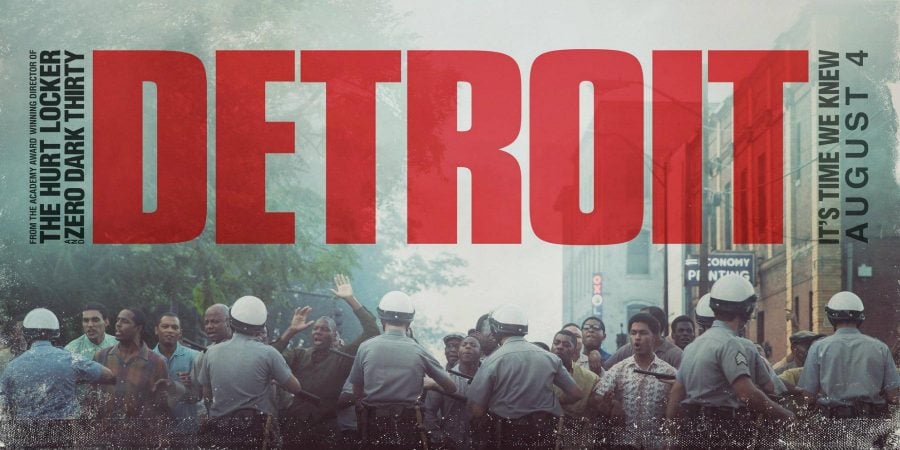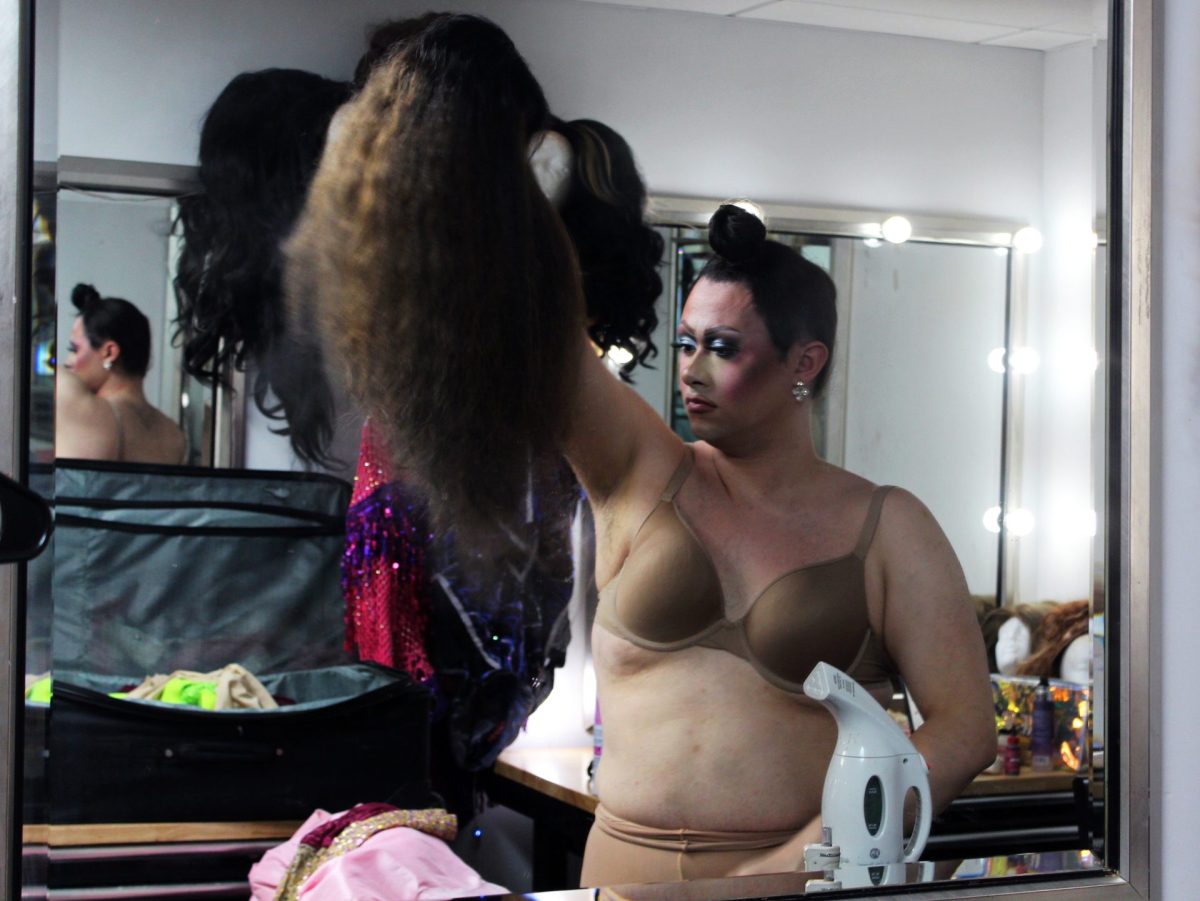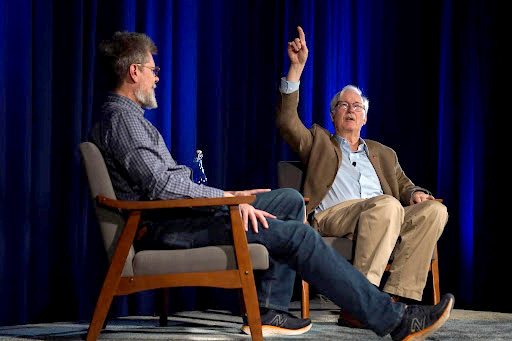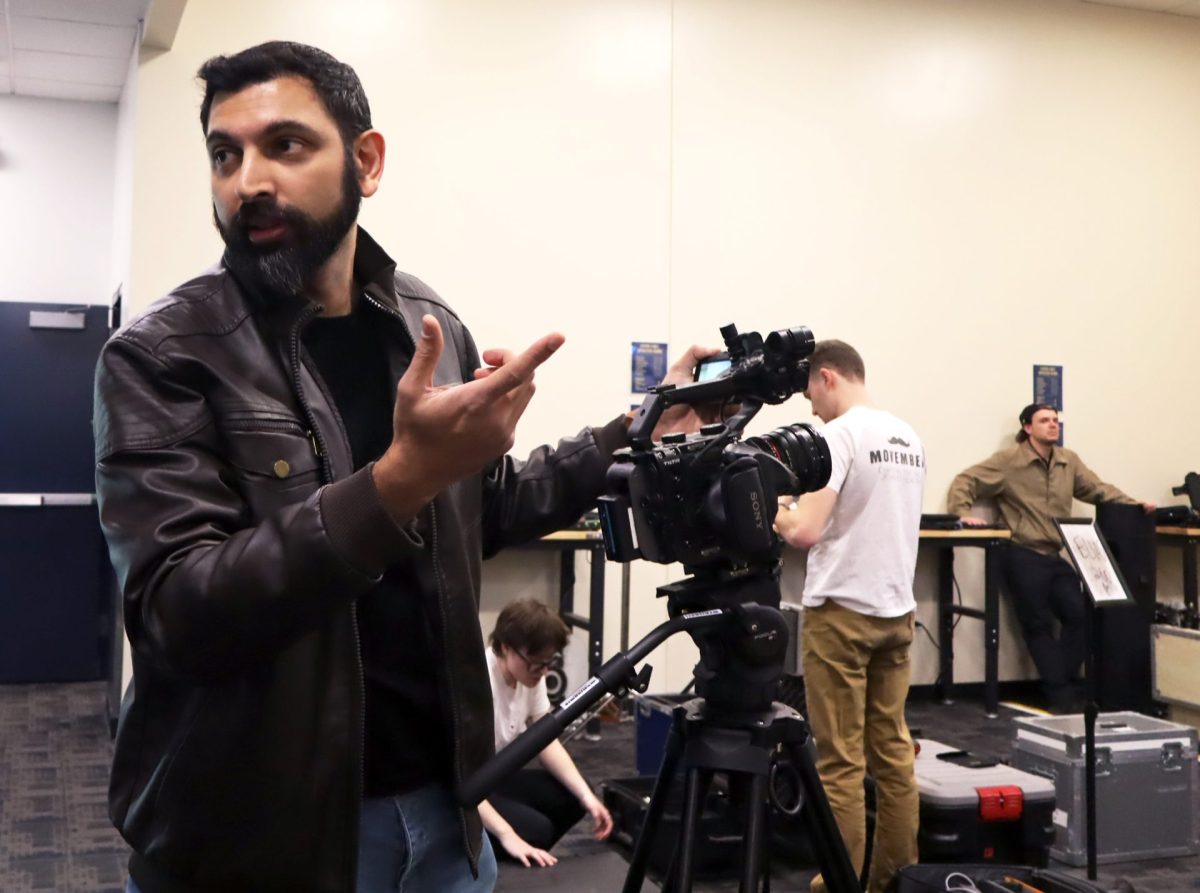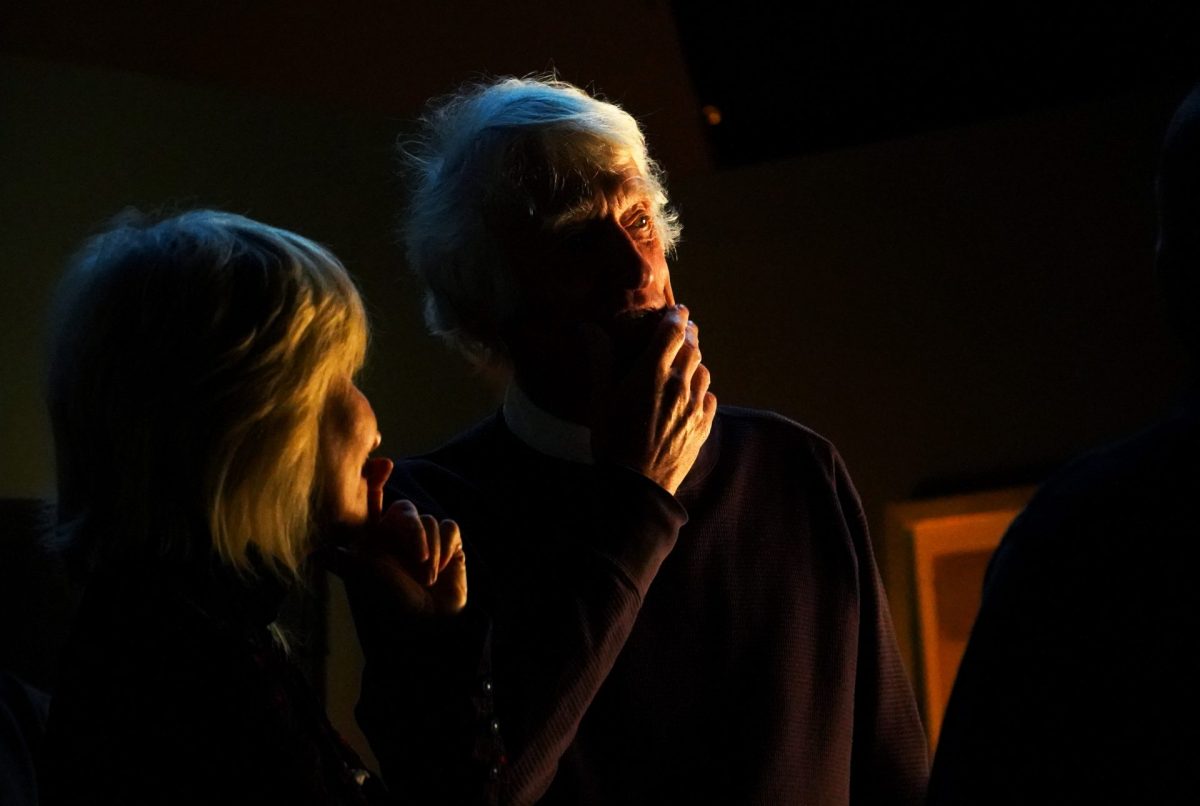Our Arts & Life Editor, Matt Koske, got to sit in on an exclusive screening of “Detroit” last week. Shortly after, he sat down for a round-table interview with two of the film’s stars, Algee Smith and Jason Mitchell. “Detroit” will be released in theaters across the country this Friday.
In her most recent film since “Zero Dark Thirty,” Kathryn Bigelow eyes the ever-lasting conflict of racial segregation through a tightly knit dramatic re-telling of the 1967 riots occurring in Detroit. Along side Bigelow is her writing companion Mark Boal (penning scripts for “The Hurt Locker” and “Zero Dark Thirty”) whose combined work cohesively accounted for a Best Picture Oscar as well as many other Academy Award nominations.
“Detroit” unfolds in three distinct acts, offering a picturesque description of police brutality and racial segregation that caused the National Guard to infiltrate and arm the streets of Detroit. Bigelow and her editors mesh real-life footage of the ’67 riots into the first act to depict a war torn time — something her track record often is associated with and as well as Boal’s. As rioters evoke change — a documentary-style scene pinpoints Michigan Governor George W. Romney shouting into a megaphone, only in return to receive backlash from rioters persisting on that change to occur now — the Detroit police patrol aggressively, without much hesitation to shotgun down an African-American here and there.
Eventually, “Detroit” will condense rather subtlety on its ensemble of real-life main characters: the doo-wop group, The Dramatics (Algee Smith most recently from BET’s “The New Edition Story” as Larry and Jacob Latimore, the rising actor notably in “The Maze Runner” and “Sleight” quietly plays Fred) and the residents squatting at the Algiers Motel which comprises of two white female Ohioans and a group of African-American folk waiting out the violence happening just on the other side of the pool.
“I didn’t even get the script until we were almost done shooting the whole movie. That’s when I saw the full screenplay,” Algee Smith said. “I didn’t even meet the guy I was playing until the movie was over with. (Bigelow) really wanted us to be in this place of the unknown and to be unprepared, so when we got there it was real.”
Now initiating the recount of the actual Algiers Motel incident that took place 50 years ago in July 1967 that resulted in three dead black men and interrogating assaults of nine others, the annex of the motel isolates the film’s brutal happenings for the next hour or so, accumulating the majority of the near two and a half hour runtime.
“She didn’t want us to do much research on it. That was the beauty of it. She gave us a guideline to what happened at the Algiers somewhat, but she didn’t want us to dive in too deep,” Jacob Latimore said. “She wanted us to be mentally vulnerable on set and to not know what was going to happen to our characters. She just wanted us to have those real reactions. It’s kind of frustrating doing it like that.”
Carl (the fed-up, had-it-to-the-brink Jason Mitchell) toys with the National Guard by firing his fake gun out of his motel room window in the general direction of the numerous scattered men stationed about. Thinking it’s a sniper; they storm in like Navy SEAL’s along with three white —well, they were — Detroit police officers led by the harrowingly gruesome, trigger-happy Krauss (British actor Will Poulter from “The Revenant”) and the well-intended black store security guard Dismukes (John Boyega) who moseys his way into submission, not the place that he or the audience wants him to be. The ensemble bounces back and fourth between sheer pain, anger and frustration as the authoritative figures search for the gun within the helpless clan of unknowingly bystanders.
“(Carl) was a metaphor for how Detroit was feeling at the time,” Jason Mitchell said. “A lot of people at home watching this on TV were like, ‘I’m not rioting. I got a job, kids, things to do.’ For me, it was more asking myself what Detroit was dealing with at that time and then if I were in this situation and my feelings were beginning to take over, I look over to the person next to me and he’s feeling the same way, then I would have the same reaction as him.”
What follows is a horrid account of role-playing and isolated questioning of these nine residents, as Bigelow never fears to jarringly portray the absurd rationalizations of these officers. Bigelow utilizes shifty camera work (teaming up with “The Hurt Locker” collaborator and cinematographer Barry Ackroyd) within the annex to emotionally capture the vast complexity of what’s really being shown. It’s by far not merely an aggressive cop taking control of the weaknesses of others, it’s the normalization of these acts — both in 1967 and yesterday — that we shoo under the mat instead of being receptive in a provoking manor.
“I think “Detroit” leaves us right where we are. Look at Laquan McDonald, Carl Cooper, that’s (“Detroit”) 50 years ago. Detroit gives us a perfect representation of what we are going through today,” Smith said. Including the riots, we’re going through Ferguson, Baltimore riots, the Milwaukee riots; it’s the same thing. The thing I like about Detroit is that it doesn’t point a finger at all cops, it highlights the bad cops and it highlights the justice system.”
Moreover, “Detroit” flows into a third act that precisely changes the dynamic of the plot. As the layers of the daunting story build, it boils to a point that quickly rushes in Attorney Auerbach (a nerdy looking John Krasinski from “The Office” as theatregoers quietly exclaim, “Oh, it’s Jim!”) to evolve the plot into Bigelow’s next thematically exhausting finisher. The sentencing sequence does not dive into the classic courtroom drama, rather — like the Algiers Motel sequence — creatively expresses through immense reaction shots with that nifty quick cuts to communicate another lasting final message.
“We have to see growth within ourselves too. In the United States, I think they have the most diversity, not only men and women, but people of color too, in the Police Department,” Mitchell said. “We have to realize that if we don’t hit a checkpoint as a people, we are going to constantly rewind and go back. We can’t keep focusing on that. We have to look for the future. We have to constantly drop those milestones. If we keep focusing on the sad, we don’t know where we’ll end up.”
As one Molotov cocktail is hurled at a looted Detroit street corner establishment, the fiery eruption metaphorically proves the state of utter chaos that boils so deeply within these locals. Watching their own neighborhood diminish directly in front of them one moment, to the next when they’re being pursued by the barrel of a 12 gauge is simply inadequate for all. Bigelow uses her shots, Boal’s script, and her expressive young actors to tell a story that within its context speaks on the necessity of change. “Detroit” is a crucial follow-up after her recent, highly praised filmography.
“The first two weeks we shot the motel scene. Finding about what these scenes are about as you are in the scene, that was the hardest stuff for us to do. I had to take myself to the darkest of places, thinking about my family in the darkest ways that I didn’t want to do. Sitting in that shit for two weeks was real hard,” Smith said.


